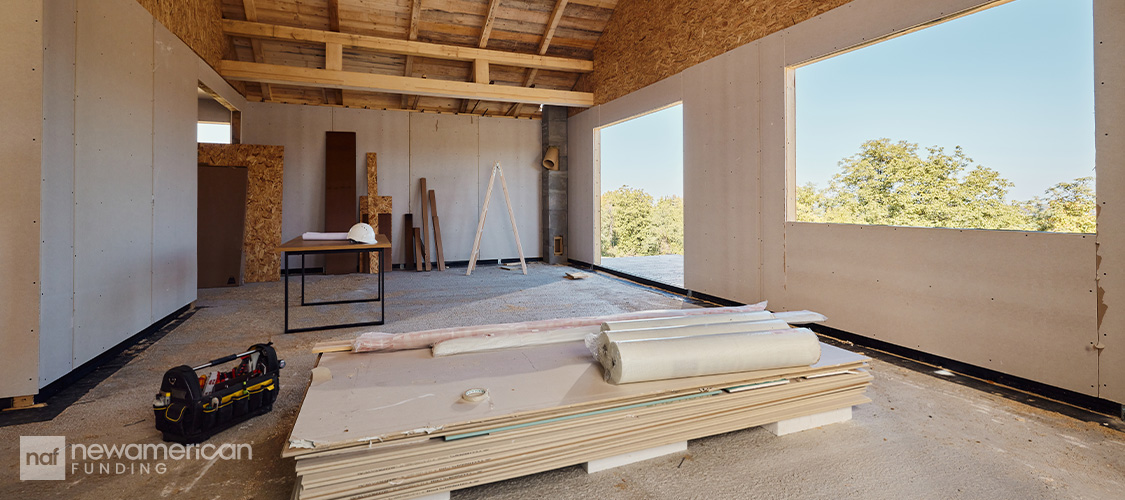Homeowners
Mortgage Forbearance: A Lifeline for Natural Disaster-Stricken Homeowners
March 19, 2025
After a natural disaster, most people don’t think about simple things like paying their bills on time. This is especially true if their home is destroyed after a wildfire, storm, or other disaster.
However, monthly mortgage payments don’t disappear overnight, even if the worst has occurred. Fortunately, there are options available for homeowners who have suffered due to a natural disaster.
One of those options is mortgage forbearance, which is a temporary pause or reduction in the monthly mortgage payment.
In the event of a disaster, it’s important for homeowners to contact their lender and the company that services their mortgage as soon as they are able to.
“The key is communication,” said New American Funding Chief Servicing Officer Roger Stotts. “At some point, if there’s no response, we do have to make our required calls about a delinquent loan. I can’t assume that you’re impacted.”
What homeowners don’t want to do is just stop making payments on their loans. This could get them into financial trouble.
Who may be eligible for mortgage forbearance?
Mortgage forbearance can be requested for reasons beyond natural disasters. A homeowner who loses a job or suffers a financial hardship that makes it difficult to pay their mortgage may also want to consider requesting forbearance.
Forbearances typically last for three months up to a year, although the exact amount of time will vary depending on the company servicing your loan as well as your situation.
Generally, the missed payments are not subject to late fees. However, homeowners will ultimately owe the amount that they didn’t pay during the forbearance period.
After the forbearance period ends, they will either owe the missed payments in a lump sum or may be able to work out a payment plan with their loan servicer.
The lump sum may be preferable for homeowners who are expecting to receive a large check from their insurance company to cover damages. Meanwhile, those who accept a payment plan may be able to increase their payments going forward or extend the life of their loans to cover those costs.
Some institutions automatically pause required payments for people in declared disaster areas, but not all do so. That’s why it’s important for homeowners to contact their loan servicing company and request a forbearance.
How to apply for mortgage forbearance

Obtaining a short-term forbearance may be as simple as making a phone call to your lender or servicer.
Longer-term forbearance agreements might require proof of hardship and additional paperwork.
It’s important to make the phone calls and get the paperwork together if you are struggling to pay your mortgage.
“We go through every option with homeowners and try and give them the benefit of the doubt,” said Stotts. “Obviously, in [a natural disaster] situation, it’s not their fault.”






 Smart Moves Start Here.
Smart Moves Start Here.